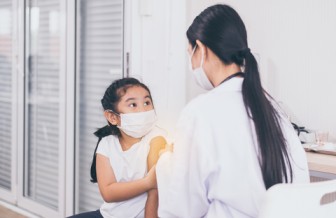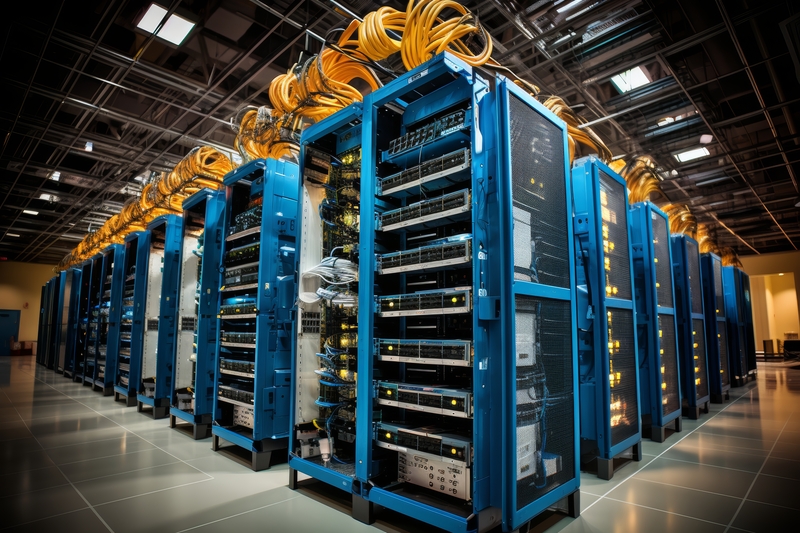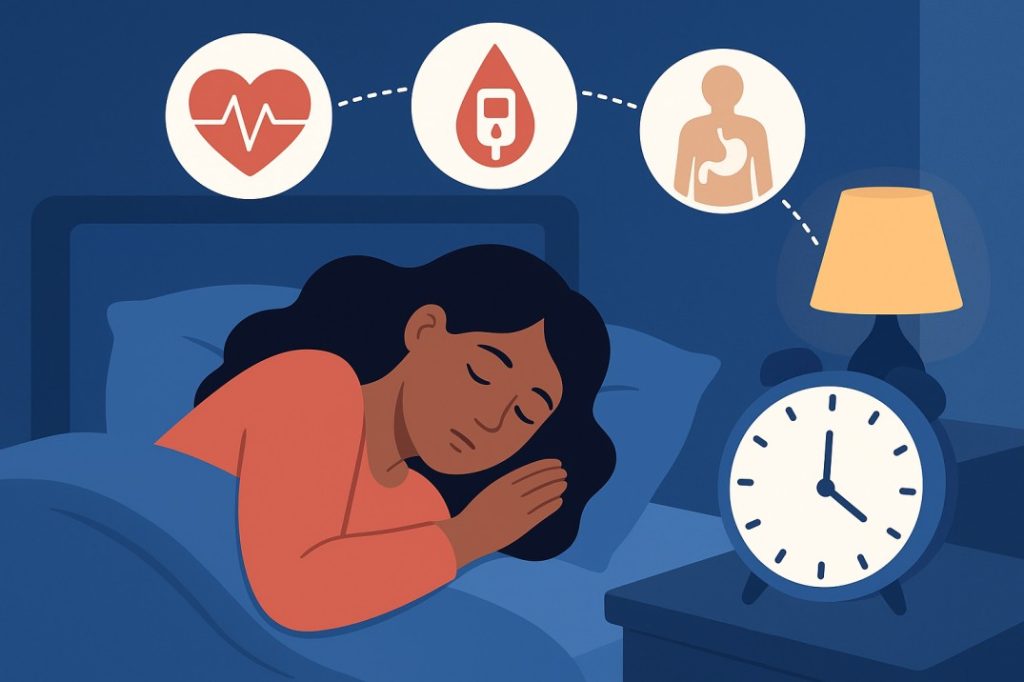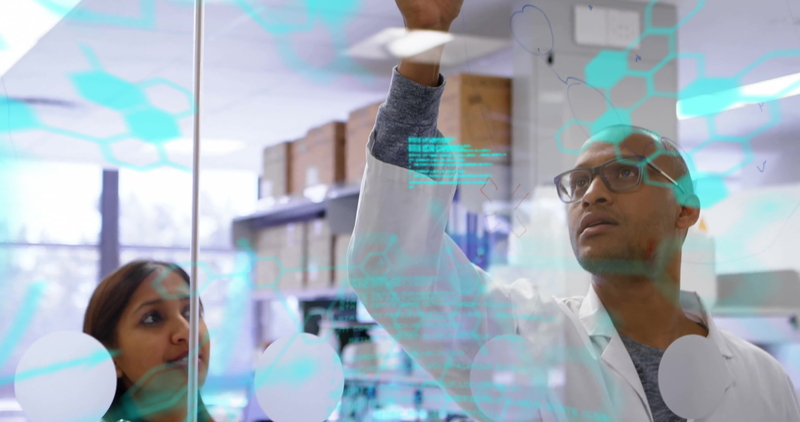- By Jessica Wilson

- By Jessica Wilson
AAP Breaks with Federal Guidance, Recommends COVID-19 Shots for Young Children
Washington, D.C., Aug. 21, 2025 — For the first time in roughly three decades, the American Academy of Pediatrics (AAP) has issued vaccine guidance that substantially diverges from the federal government’s recommendations. In an update released Tuesday, the AAP said children ages 6 months to 2 years should receive COVID-19 vaccination and noted that vaccination remains appropriate for older children—especially those with risk factors—when families want added protection. That position contrasts with current federal language, which does not recommend COVID-19 vaccination for healthy children and frames shots as optional “in consultation with physicians.”
Until this year, federal guidance urged annual COVID boosters for everyone 6 months and older. In May, however, federal leaders narrowed that posture, announcing that healthy children and pregnant people are no longer recommended to receive COVID-19 shots. Shortly thereafter, the CDC updated its wording to say healthy kids may get vaccinated—dropping the stronger “should” recommendation. The AAP’s statement is intended to restore clarity for pediatric practice, emphasizing that the youngest children face the highest risk of severe disease and warrant continued, proactive protection.
AAP leaders acknowledged the “messaging whiplash” of 2025 but argued pediatric care should remain centered on evidence and child health outcomes rather than political currents. Infectious-diseases experts within the academy point to hospitalization patterns that recur when the virus surges: infants and toddlers account for a disproportionate share of serious pediatric COVID cases, even as outcomes for most older, healthy children remain milder.
The academy’s guidance differs from federal policy in two key respects. First, AAP strongly recommends COVID vaccination for children 6–23 months of age. Second, for school-age children and adolescents—particularly those with chronic conditions such as asthma or obesity—the academy supports vaccination when families prefer protection, while federal language currently treats vaccination as optional. The split is notable because AAP and CDC recommendations have largely moved in lockstep since the mid-1990s, with only occasional, narrow differences (such as earlier HPV starts). By comparison, this represents the most significant divergence in about 30 years.
For families and clinicians, practical considerations will hinge on supply and coverage as fall respiratory season approaches. Pediatric vaccine supply is expected to be available, but insurance coverage could be uneven until the CDC issues final fall recommendations. Families are advised to check with their health plans and pediatric practices about timing, availability, and any out-of-pocket costs. Clinicians, meanwhile, may need to navigate case-by-case conversations for older children until national policy stabilizes.
The broader context helps explain the split. A year of federal messaging changes and advisory turnover has introduced uncertainty about who should receive fall COVID shots and when. That uncertainty is rippling through manufacturer timelines, payer coverage decisions, and clinic planning. Against that backdrop, the AAP’s update aims to give pediatricians a clear, child-focused recommendation ahead of a season when COVID, flu, and RSV typically strain pediatric services.
Next steps will come from the CDC’s Advisory Committee on Immunization Practices (ACIP), which is expected to finalize fall COVID recommendations soon. Those decisions will shape insurance coverage, pharmacy availability, and school communications. If federal policy remains narrower than the AAP’s stance for the youngest children, experts anticipate variability by state and health system in what’s offered—along with continued debate among clinicians and parents.
For now, the bottom line from the pediatric community’s flagship organization is straightforward: vaccinating the youngest children remains the safest course, even as federal guidance has shifted toward a more limited, optional approach for healthy kids. Families are encouraged to contact their pediatrician now—before fall viruses surge—to determine the best protection plan for their child.
AAP Breaks with Federal Guidance, Recommends COVID-19 Shots for Young Children
Washington, D.C., Aug. 21, 2025 — For the first time in roughly three decades, the American Academy of Pediatrics (AAP) has issued vaccine guidance that substantially diverges from the federal government’s recommendations. In an update released Tuesday, the AAP said children ages 6 months to 2 years should receive COVID-19 vaccination and noted that vaccination remains appropriate for older children—especially those with risk factors—when families want added protection. That position contrasts with current federal language, which does not recommend COVID-19 vaccination for healthy children and frames shots as optional “in consultation with physicians.”
Until this year, federal guidance urged annual COVID boosters for everyone 6 months and older. In May, however, federal leaders narrowed that posture, announcing that healthy children and pregnant people are no longer recommended to receive COVID-19 shots. Shortly thereafter, the CDC updated its wording to say healthy kids may get vaccinated—dropping the stronger “should” recommendation. The AAP’s statement is intended to restore clarity for pediatric practice, emphasizing that the youngest children face the highest risk of severe disease and warrant continued, proactive protection.
AAP leaders acknowledged the “messaging whiplash” of 2025 but argued pediatric care should remain centered on evidence and child health outcomes rather than political currents. Infectious-diseases experts within the academy point to hospitalization patterns that recur when the virus surges: infants and toddlers account for a disproportionate share of serious pediatric COVID cases, even as outcomes for most older, healthy children remain milder.
The academy’s guidance differs from federal policy in two key respects. First, AAP strongly recommends COVID vaccination for children 6–23 months of age. Second, for school-age children and adolescents—particularly those with chronic conditions such as asthma or obesity—the academy supports vaccination when families prefer protection, while federal language currently treats vaccination as optional. The split is notable because AAP and CDC recommendations have largely moved in lockstep since the mid-1990s, with only occasional, narrow differences (such as earlier HPV starts). By comparison, this represents the most significant divergence in about 30 years.
For families and clinicians, practical considerations will hinge on supply and coverage as fall respiratory season approaches. Pediatric vaccine supply is expected to be available, but insurance coverage could be uneven until the CDC issues final fall recommendations. Families are advised to check with their health plans and pediatric practices about timing, availability, and any out-of-pocket costs. Clinicians, meanwhile, may need to navigate case-by-case conversations for older children until national policy stabilizes.
The broader context helps explain the split. A year of federal messaging changes and advisory turnover has introduced uncertainty about who should receive fall COVID shots and when. That uncertainty is rippling through manufacturer timelines, payer coverage decisions, and clinic planning. Against that backdrop, the AAP’s update aims to give pediatricians a clear, child-focused recommendation ahead of a season when COVID, flu, and RSV typically strain pediatric services.
Next steps will come from the CDC’s Advisory Committee on Immunization Practices (ACIP), which is expected to finalize fall COVID recommendations soon. Those decisions will shape insurance coverage, pharmacy availability, and school communications. If federal policy remains narrower than the AAP’s stance for the youngest children, experts anticipate variability by state and health system in what’s offered—along with continued debate among clinicians and parents.
For now, the bottom line from the pediatric community’s flagship organization is straightforward: vaccinating the youngest children remains the safest course, even as federal guidance has shifted toward a more limited, optional approach for healthy kids. Families are encouraged to contact their pediatrician now—before fall viruses surge—to determine the best protection plan for their child.
Trending Topics
Features
- Drive Toolkit
Download and distribute powerful vaccination QI resources for your community.
- Health Champions
Sign up now to support health equity and sustainable health outcomes in your community.
- Cancer Early Detection
MCED tests use a simple blood draw to screen for many kinds of cancer at once.
- PR
FYHN is a bridge connecting health information providers to BIPOC communities in a trusted environment.
- Medicare
Discover an honest look at our Medicare system.
- Alliance for Representative Clinical Trials
ARC was launched to create a network of community clinicians to diversify and bring clinical trials to communities of color and other communities that have been underrepresented.
- Reducing Patient Risk
The single most important purpose of our healthcare system is to reduce patient risk for an acute event.
- Subash Kafle
- Subash Kafle
- Jessica Wilson


















